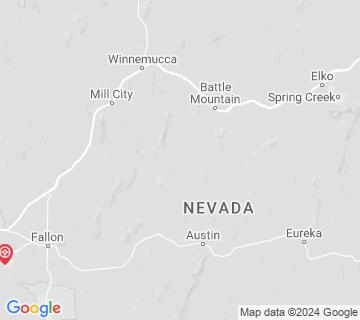FREE Nevada DMV Practice Test #23 Page 7 of 7
The Nevada DMV practise examinations have been updated for January 2025. It includes questions based on the Nevada Driver Handbook's most significant traffic signals and legislation for 2025. Use actual questions that are very similar (often identical!) to the DMV driving permit test and driver's licence exam to study for the DMV driving permit test and driver's licence exam.
On the practise exam, each question gets a tip and explanation to help you remember the concepts. The written component of the official Nevada DMV test will include questions about traffic rules, traffic signs, and driving statutes, as well as knowledge from the Driver Handbook.
To obtain a passing grade, you must correctly answer 40 of the 50 questions. To help you prepare for your instruction permit or driver's licence, take our Nevada DMV practise test.
The DMV exam is available in several languages.
Using any kind of testing assistance will result in an automatic fail, and the DMV may take additional action against your driver's licence, so stay away from it.
43 . If you are driving near a motorcycle, you must:
A motorcycle is a full-size vehicle with the same privileges as any other vehicle on the roadway. You should allow a motorcyclist a full lane width. Although it may seem as though there is enough room in the traffic lane for a larger vehicle and a motorcycle, remember that the motorcycle needs room to maneuver safely.
44 . If you experience a tire blowout:
If you experience a tire blowout, take your foot off the gas pedal and do not immediately apply the brakes. Gradually slow down before gently applying the brakes and pulling off the side of the road.
45 . At an intersection with a stop sign, you should stop and:
When stopped at an intersection, you should first look to your left, as vehicles coming from the left are closer to you than vehicles coming from the right. Look to your right, then look to your left again, in case there are any vehicles coming from that direction that you did not see at first glance.
46 . This sign means:

Warning signs prepare drivers for upcoming road conditions and hazards and are usually yellow with black markings. This sign alerts drivers to potential bicycle cross traffic.
47 . Drivers who eat and drink while driving:
Choosing to eat, drink, or smoke while driving is dangerous because these actions require a driver to remove their hands from the wheel and their eyes from the road. Drivers who engage in distracting activities while driving have trouble staying in their lanes and controlling their vehicles.
48 . On the freeway, you see a "Merging traffic“ sign. You should:





